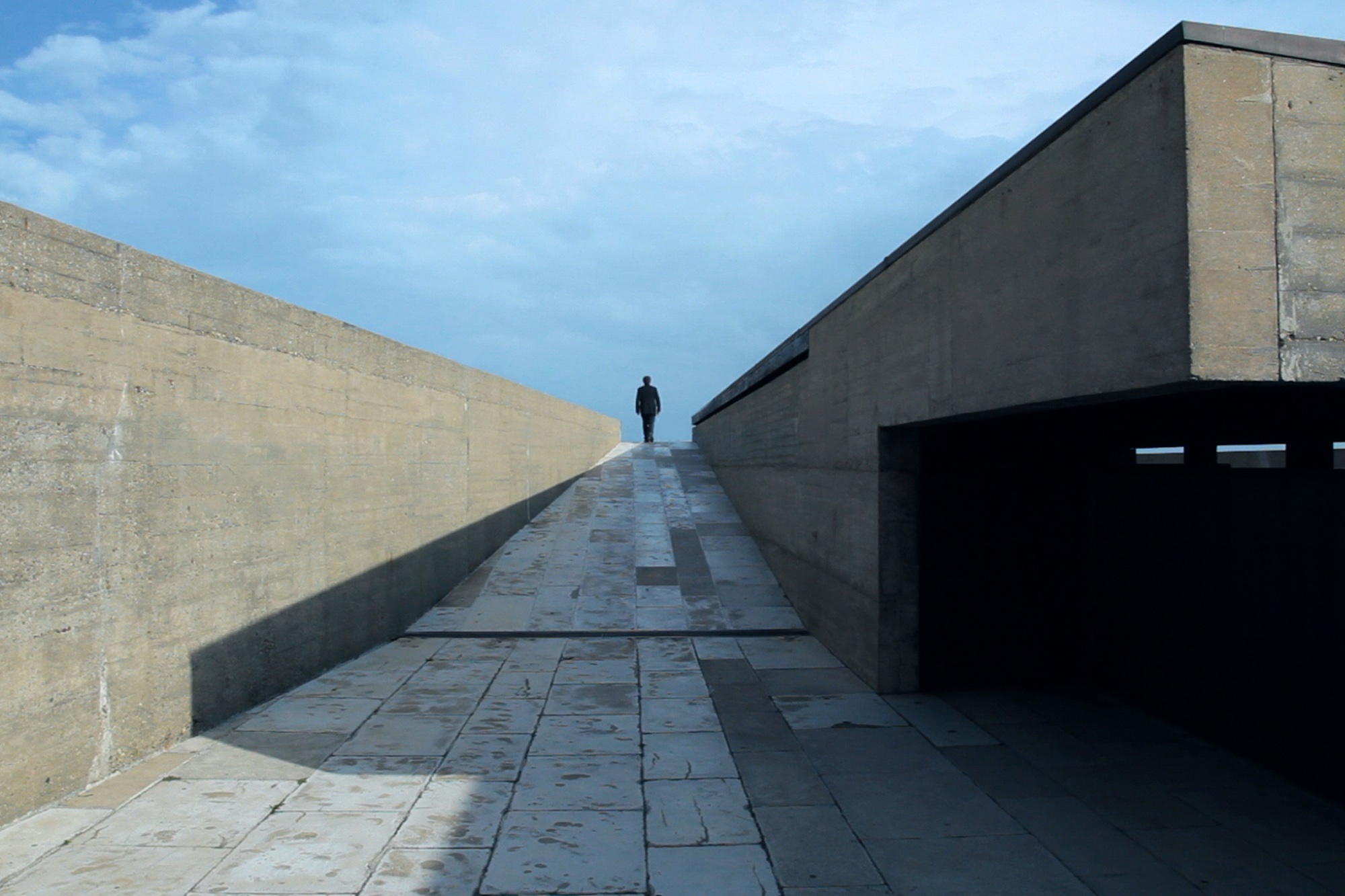Silent Rupture
Intersections between architecture and film. Portugal, 1960-1974

Silent Rupture
Start Year
2010 (Concluded)
Duration
36 months
Principal Investigator
Alexandre Alves Costa
Co-principal Investigator
Funding Entity
FCT, Fundação para a Ciência e a Tecnologia
Funding Value
162.327,24 euros
Project Reference
FCT/PTDC/EAT-EAT/105484/2008 (Artistic Studies)
Proposing Institution
CEAU-FAUP
Partner Institutions
Cinemateca Portuguesa - Museu do Cinema
Research Units
Centro de Estudos de Arquitectura e Urbanismo
Website
Abstract
The period between 1960 and 1974 in Portugal was marked not only by relevant historical events, such as colonial wars, massive emigration, political upheaval and a vast urbanization process, but also with the emergence of movements in film and architecture that changed the cultural landscape over the last fifty years. Os Verdes Anos by Paulo Rocha premiered in 1963 marking the beginning of the Cinema Novo movement and the upsurge of a new type of space in Portuguese cinema, re-centring film in the urban landscape and abandoning a rural vision predominant in mid-twentieth century Portugal’s cultural environment. Belarmino (Fernando Lopes, 1964), or O Pão (Manoel de Oliveira, 1964) will confirm this new trend. At the same time a new approach to architecture was under way by a young generation of architects. In the north, Távora and Siza, under the influence of the Inquiry on Portuguese Popular Architecture and through buildings like Leça da Palmeira's Quinta da Conceição, Tea House and Swimming Pool had a central role in questioning the legacy of the modern movement, following, or even anticipating, what was being discussed internationally. In the south, Teotónio Pereira and Portas with the Sagrado Coração de Jesus Church and Pessoa, Cid and Athouguia with the Calouste Gulbenkian Foundation, aimed to establish a new and more complex connection with the outside urban space - the former building bringing the street inside, the later extending the interior space to the gardens, achieving a continuity with modernist architecture and at the same time the revision of the myths of "modern tradition". These buildings, examples of the architecture that will be studied, are staged in a new and remarkable cinematic way in which framing and movement are key elements of design.
The Project Silent Rupture will study the proximity of the renewal movements in film and architecture that embodied a new vision of space and the city, marked by the social, cultural and political events of the 1960’s and early 1970’s in Portugal as well as internationally (Pop Art, Post-modernism, Nouvelle Vague, Neo-realism, etc). Research will be undertaken on how cinematographic and architectonic objects were a sign that times were changing in Portuguese society, the silent rupture that ultimately lead to the social and political revolution of 1974 that brought down the dictatorship.
By then, filmmakers and architects shared the same background and discussed the influence of each discipline on the other, not only culturally but also as design processes that deal with the use of space. Perhaps as no other visualisation method, ‘moving images’ can represent architectural spaces as ‘lived’ and ‘inhabited’ spaces. Through the use of space, time, mise-en- scène, characters and plot film can be seen as a medium that encapsulate important debates on architecture and urban life. Moving images also have the capacity of generating ‘a sense of place’, a phenomenon that is not only connected to the shape and form of the physical reality of the space filmed, but also to our ‘experienced’ connection to the use of light, colour, sound, music and narrative structure. Cinema and architecture association has been the subject of scholarly investigations for some time, but research is disperse and the need is felt to agglutinate practices and exchange experiences on the different ways to approach this theme, in a multidisciplinary forum of discussion on the methodology of the study between two different, yet related, art forms. This makes the topic still a rich field for academic exploration. The Project Silent Rupture will try to systematize affinities between architecture and cinema in order to build a common foundation for cooperative work among different partners. It will comprehend a theoretical research component, based on papers and dissertations as well as on the organization of international scope conferences, symposia and seminars sponsored by the project, hoping to significantly contribute to post graduate education and specialization in the area of critical studies on architecture and film; it will also have a practical or experimental research component, seeking for innovative reflexions on the form of multimedia (documentaries, short-films and a database of video, image and sound).
Silent Rupture, a three-year project, will offer a forum for established and upcoming scholars to explore the relationship between the history of urban space, architecture and the moving images in Portugal. Drawing on a range of disciplinary approaches this Project aims to propose scholars the opportunity to share insight into a filmic discourse on architectural design as well as a spatial reading of film, crossing the boundaries of both disciplines.
Team
Alexandre Alves Costa (Investigador Responsável)
Faculdade de Arquitectura da Universidade do Porto
Luís Urbano (Coordenador)
Faculdade de Arquitectura da Universidade do Porto
Catarina Alves Costa
Faculdade de Arquitectura da Universidade do Porto
Carlos Machado
Faculdade de Arquitectura da Universidade do Porto
Francisco Ferreira
.
François Penz
.
João Rosmaninho
Universidade do Minho
Jorge Figueira
Universidade de Coimbra
José Miguel Rodrigues
Faculdade de Arquitectura da Universidade do Porto
Madalena Pinto Silva
Faculdade de Arquitectura da Universidade do Porto
Manuel Graça Dias
Faculdade de Arquitectura da Universidade do Porto
Monika Koeck
University of Cambridge
Nuno Grande
Universidade de Coimbra
Pedro Baía
Universidade Autónoma de Lisboa
Ricardo Santos
Faculdade de Arquitectura da Universidade do Porto
Rochard Koeck
University of Liverpool
Bolsas de Investigação
Ana Resende
Ana Maria Trabulo
Bruno Nacarato
Marta Alves
Miguel Tavares
Pedro Neto
Rui Manuel Vieira